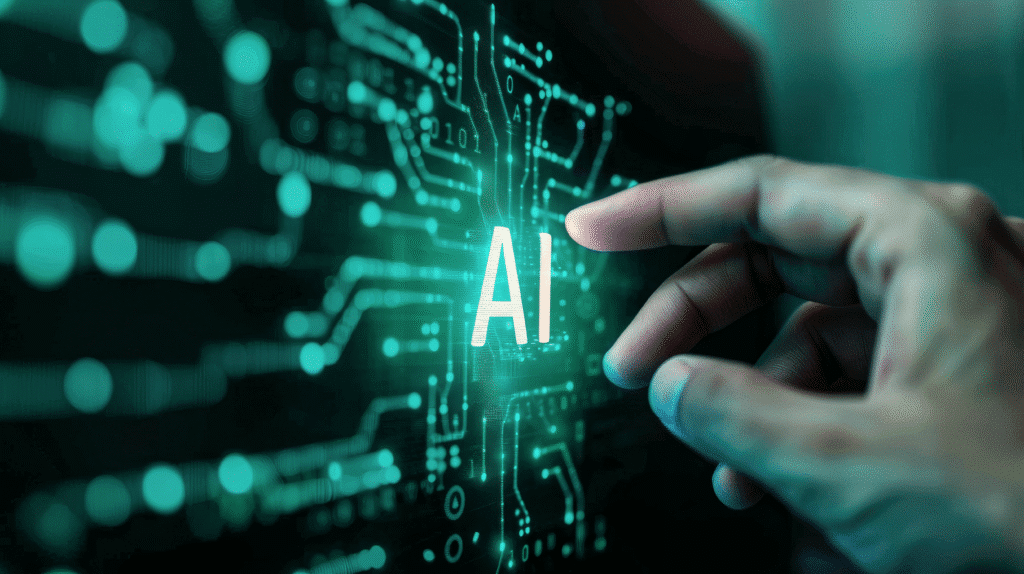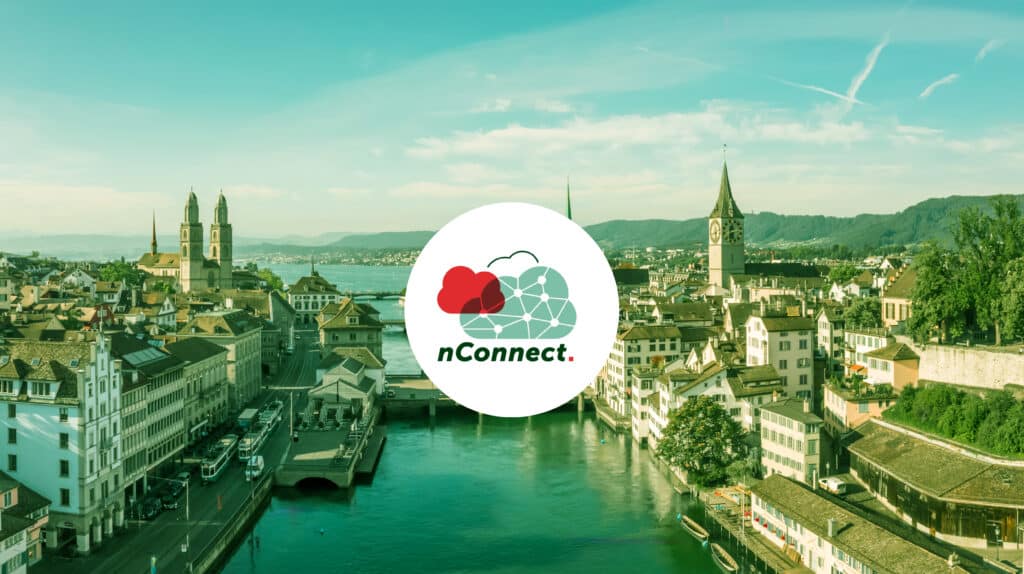In July, Andreas Herden joined nLighten as Managing Director Germany, bringing with him decades of experience in the data center industry. As the AI landscape rapidly evolves, Andreas is focused on strengthening nLighten’s regional edge platform to meet the demands of AI inference, sustainability, and data sovereignty.
We sat down with Andreas to explore why the edge is no longer optional—but essential—for AI-enabled infrastructure.
Q: Andreas, you’ve joined nLighten at an exciting time for both the company and the industry. What’s top of mind for you right now?
Andreas Herden: Absolutely—it’s a pivotal moment. AI is transforming every aspect of digital infrastructure, and for me, the most immediate focus is how AI inference is shifting the expectations and requirements placed on data centers. Training AI models will likely remain in hyperscale environments due to the sheer compute demands and access to abundant energy. But inference—the phase where AI models actually interact with the real world—requires something completely different: proximity, reliability, and compliance.
At nLighten, we view this shift as more than just a trend. It’s a fundamental change in how digital infrastructure needs to be built and operated. We’re positioning ourselves to meet that need by creating a dense, regionally distributed network of edge data centers across Europe.
Q: What makes edge data centers so important for AI inference?
Andreas: Inference workloads are sensitive to latency, and they often need to happen in near real-time. Whether it’s autonomous vehicles making split-second decisions, or industrial machines adapting to new inputs in a factory—the closer the processing happens to the data source, the better.
Additionally, there’s the increasing importance of data sovereignty. Regulations like the GDPR and sector-specific rules make it clear that many organisations simply cannot send sensitive data to be processed abroad. By processing data locally, edge data centers not only improve performance, but also ensure that businesses stay compliant with national and regional regulations.
So really, the edge provides three major advantages: lower latency, higher availability, and better regulatory alignment. These are not technical preferences—they’re strategic necessities.
Q: What does this mean for enterprise customers across Germany and Europe?
Andreas: It means their infrastructure strategies need to evolve. Traditionally, many companies were content with centralised data centers in a few key locations. But with the rise of AI, IoT, and real-time analytics, that’s no longer enough.
At nLighten, our approach is hyper-local. Our goal is to be within an hour’s drive of every major industrial region. That means we’re not only providing low-latency access, but we’re also enabling closer operational relationships and support for our customers.
This is particularly important in Germany, where many of our customers operate in highly specialised, regulated industries. They need infrastructure partners who understand not only the technical requirements but also the local context. That’s what we bring to the table.
Q: How is nLighten balancing this regional strategy with sustainability?
Andreas: Sustainability is a core pillar of our approach—and regional infrastructure is actually a huge enabler here. Smaller, distributed sites allow us to integrate more closely with local communities and energy systems.
Take our data center in Eschborn as an example. We’re feeding excess heat from the facility into a nearby swimming pool, creating a circular energy loop that benefits the community. That kind of solution isn’t just a nice add-on—it’s an indicator of what the future of infrastructure should look like: efficient, embedded, and mutually beneficial.
From a construction standpoint, we also follow a hybrid strategy. We modernise existing buildings where it makes sense, we build new sites where needed, and we use prefabricated modular designs to speed up deployment. This gives us flexibility and scale without sacrificing sustainability or resilience.
Q: So what’s the bottom line—why should companies care about edge data centers right now?
Andreas: Because this is not a side topic anymore. If you’re serious about deploying AI, improving customer experience, and staying compliant in a fast-changing regulatory landscape, you need to process data closer to where it’s generated.
Edge data centers are the infrastructure backbone for all of that. At nLighten, we already operate 30+ sites across seven countries, with 10 in Germany alone. That means we’re ready today to support enterprises who want to stay ahead tomorrow.
Edge is not an add-on. It’s the foundation of the next wave of digital transformation.




